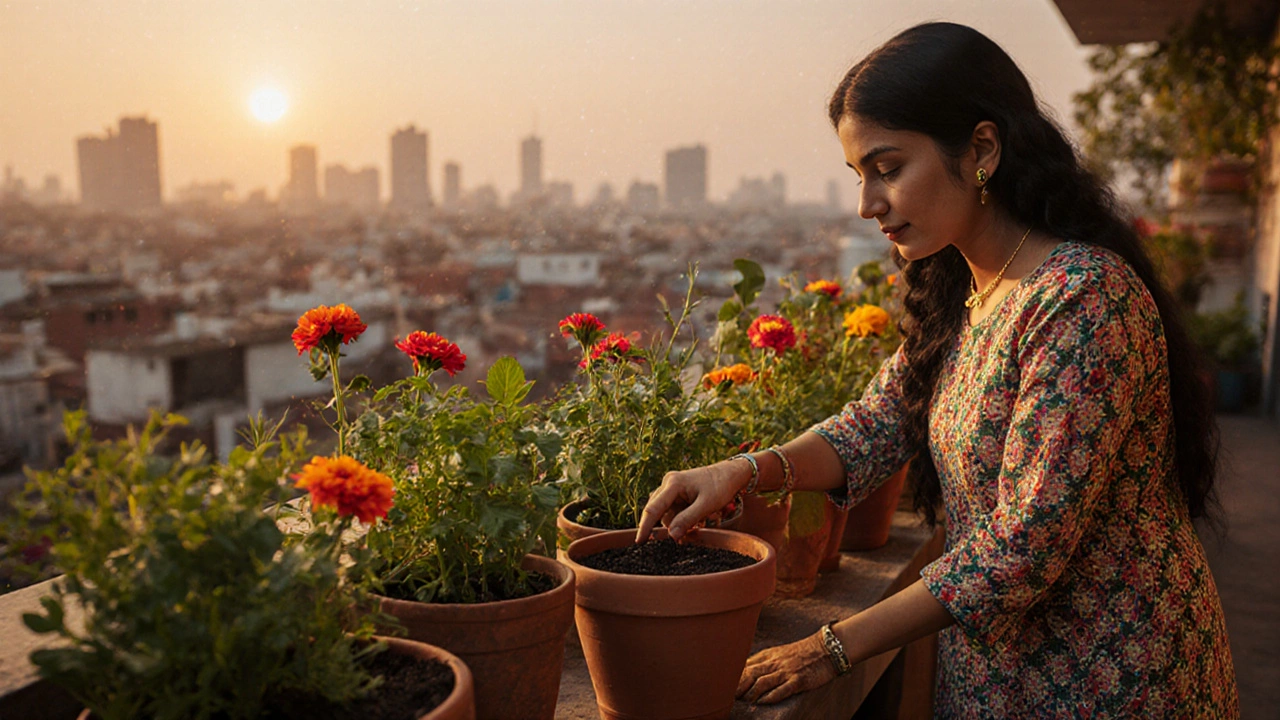Large Garden Essentials for Sustainable Growth
When planning a Large Garden, a spacious area dedicated to growing a variety of plants, vegetables, and flowers. Also known as a big garden, it offers room for diverse techniques and larger yields. A container garden, for example, fits inside a larger layout and lets you test soil mixes before committing to the ground. This relationship means the large garden encompasses container gardening as a flexible sub‑system, enabling quick adjustments in water and nutrient needs.
One of the most effective ways to boost soil health across a large plot is no‑till gardening, a method that avoids disturbing the soil structure. No‑till maintains microbial activity, reduces erosion, and improves water retention. Because a large garden often faces uneven moisture, pairing no‑till with careful soil moisture monitoring creates a feedback loop: healthy soil holds water longer, and consistent moisture supports robust root development. This connection shows that soil health influences water efficiency, which in turn sustains plant vigor.
Key Practices That Transform a Large Garden
Water management is the backbone of any expansive garden. Drip irrigation stands out as a water‑saving technology that delivers moisture directly to the root zone, cutting evaporation losses. When installed in a large garden, drip lines can be zoned to match different plant groups, allowing precise control over flow rates. The system works hand‑in‑hand with soil moisture sensors—another tool that tells you exactly when and where water is needed. This synergy illustrates the triple: large garden requires drip irrigation, drip irrigation benefits from soil moisture data, and both improve overall water use.
Beyond watering, nutrient delivery matters. In a large garden you can apply compost or organic mulches in broad swaths, which slowly release nutrients and keep the soil cool. Mulch also supports the no‑till approach by protecting the surface and preventing compaction. When you combine mulch with regular soil tests, you can tailor fertilization to specific zones, ensuring each plant gets the right balance of nitrogen, phosphorus, and potassium. This practice demonstrates that soil health, nutrient management, and planting layout are interlinked components of a thriving garden.
Choosing the right plant varieties is another cornerstone. For a large garden in India’s varied climates, mix heat‑tolerant vegetables like okra and eggplant with shade‑loving herbs such as mint and cilantro. Intercropping—planting fast‑growing beans alongside slower crops—optimizes space and naturally fixes nitrogen in the soil. This strategy reduces the need for synthetic fertilizers and aligns with the sustainable ethos of no‑till and organic mulching. It also showcases how plant selection, soil fertility, and water practices collectively shape garden success.
Maintenance routines become simpler when you set up a schedule based on observable cues. Check soil moisture early in the morning; if the top inch feels dry, it's time to activate the drip system. Look for leaf curl or wilting as signs of water stress, and scout for pests before they spread. By keeping a garden journal, you capture data that feeds back into future decisions—what worked, what didn’t, and where improvements are needed. This habit reflects the larger concept that a large garden thrives on continuous learning and adaptation.
Finally, think about the garden’s long‑term resilience. Rotate crops each season to break pest cycles and replenish nutrients. Incorporate perennial herbs or fruit bushes that return year after year, reducing the workload of re‑planting. Building raised beds within the larger area gives you better control over soil composition, especially in zones with compacted ground. All these actions tie back to the central idea: a large garden is a living system where each practice—watering, soil care, plant choice—feeds into the next, creating a sustainable loop.
With these insights, you’re ready to dive into the collection of articles below. Whether you’re curious about daily watering schedules for containers, the benefits of no‑till methods, or step‑by‑step drip irrigation setup, each piece adds a layer of practical knowledge to help you design and maintain a thriving large garden.
Breaking Up a Large Garden: Step-by-Step Guide to Reimagining Your Outdoor Space
Learn practical, creative ways to break up a large garden. Transform big, overwhelming spaces into beautiful, usable zones with these landscaping tips.
- manufacturing
- India
- food processing
- garden tips
- rice cultivation
- government schemes
- balcony garden
- urban gardening
- balcony gardening
- profitable business
- business ideas
- plastic manufacturing
- drip irrigation
- plant care
- steel manufacturing
- sustainable gardening
- startup ideas
- steel industry
- flower gardening
- textile manufacturers






